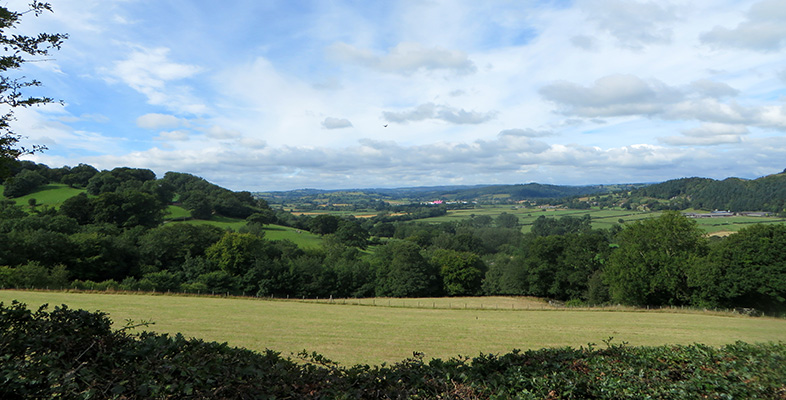3.1 What is a customer?
Whatever your business, product or service, you will need customers. It can feel like there are so many things to do when you start a company. Very often a great deal of time is spent perfecting the product, be it a beer or a pot of jam, and no time is left really to understand your customers and potential customers.
There are a number of different types of customers:
- customers who are also consumers – for example, a restaurant or café
- customers who buy for others (consumers) – for example, local government buying-in services from a social enterprise
- customers who buy for others (businesses) – for example, utility warehouses that buy energy for other companies
- other businesses – for example, a company that develops a service for other companies to use.
Task 14: Identifying your customers
Think about the groups of people who will be your customers.
- Will you be selling mainly to consumers, other businesses or government bodies?
- Will you be selling mainly to consumers, intermediate customers or to buyers or purchasing units of larger organisations?
- Do you have ways of classifying the key purchasing decision makers you will have to influence in your industry (or more particularly, in your business)?
Share your thoughts with other entrepreneurs in your local networks.
Discussion
It is not always a case of there being just one type of customer or another.
Case study: Gwyneth
Gwyneth may sell to customers who are consumers. This means they would buy pots of jam, chutney or preserve and eat them themselves.
She may also sell to a retail manager who buys to sell in their shop to their customers. The manager will not consume the food at all.
Gwyneth may at some point in the future expand her business and also sell to a purchasing manager or buyer for online sales.
It is important to think one or two steps beyond the immediate customer/consumer.
Gwyneth needs not only to think about her immediate buyers but also who will have a key influence in enabling her to supply to a wider customer base.
